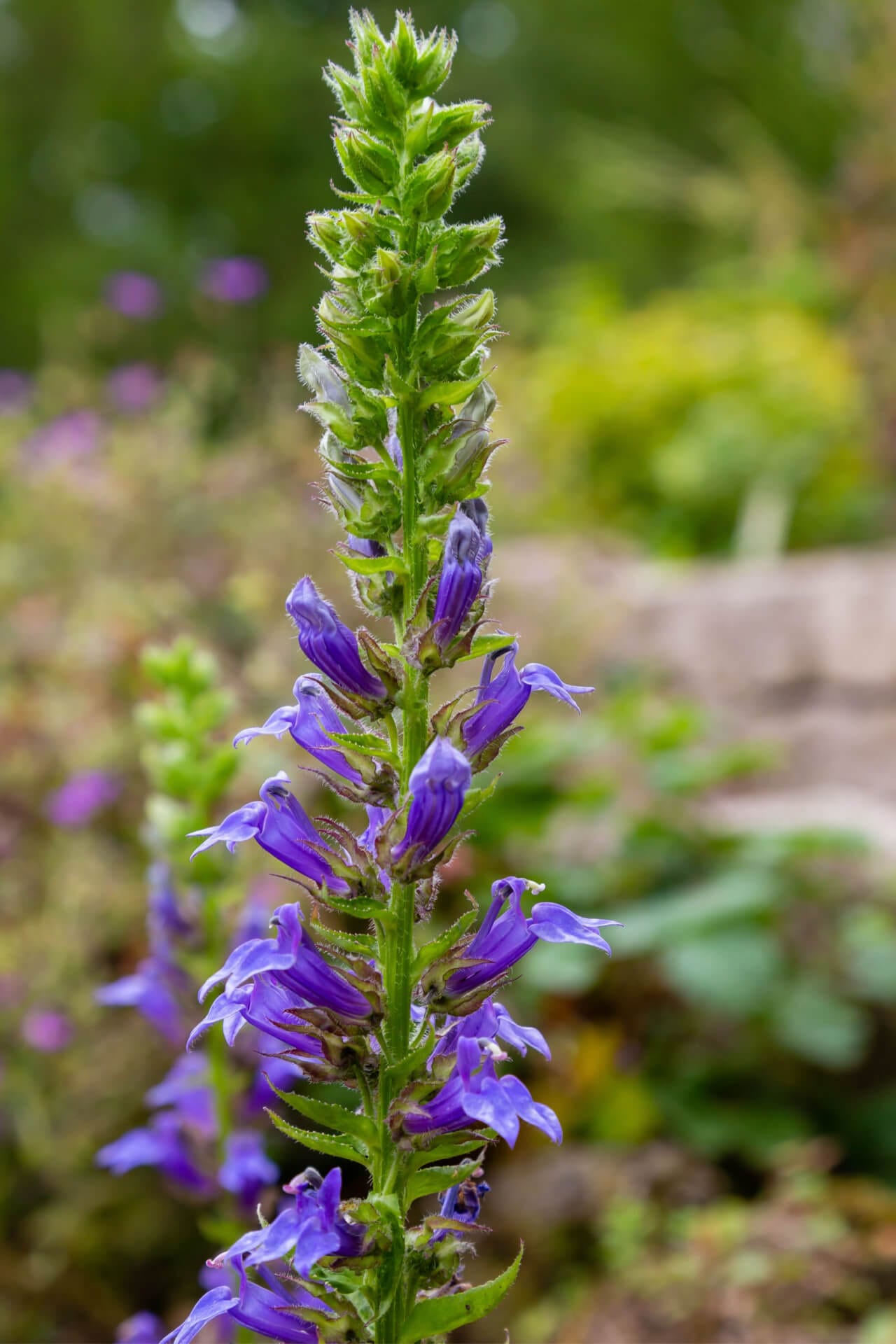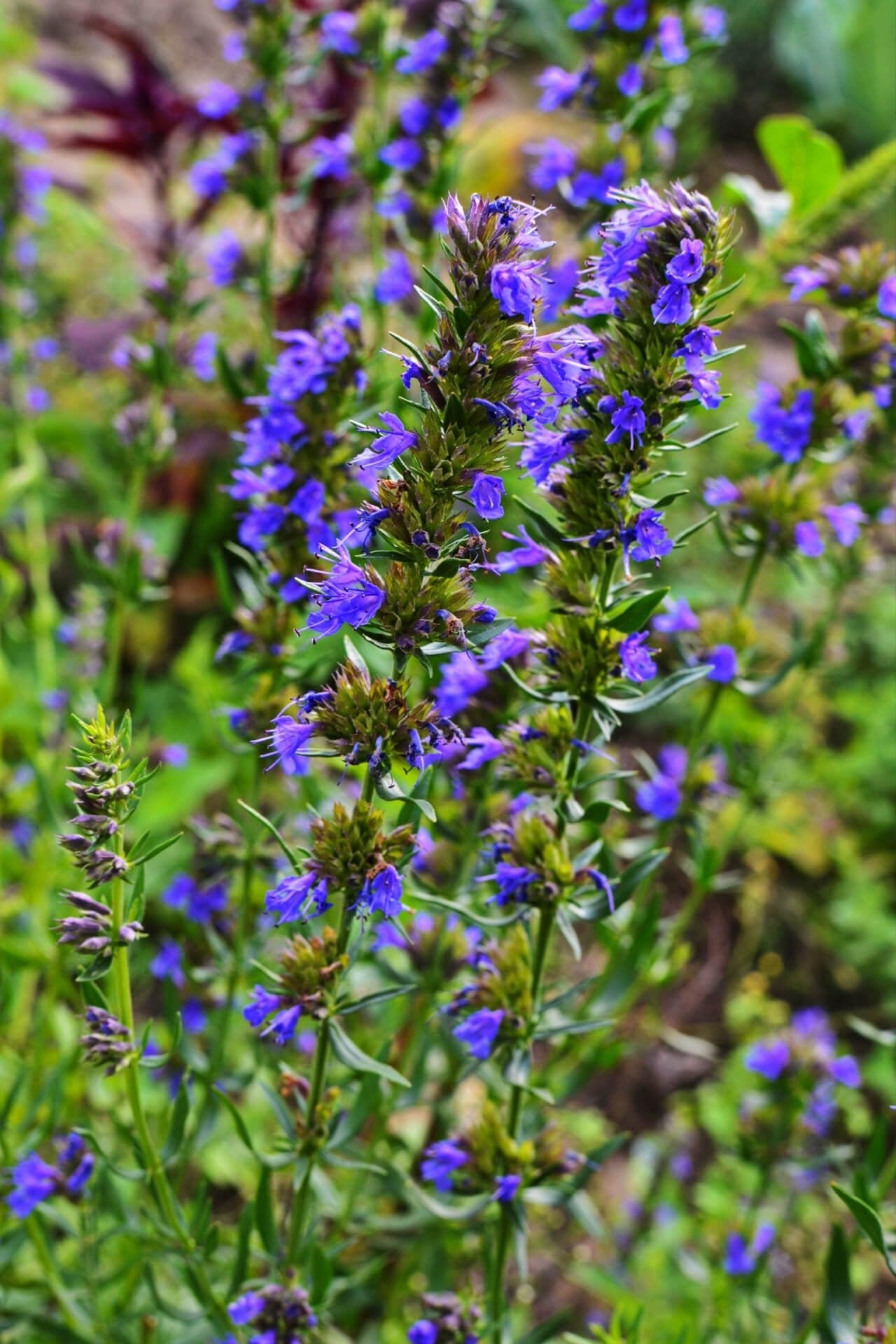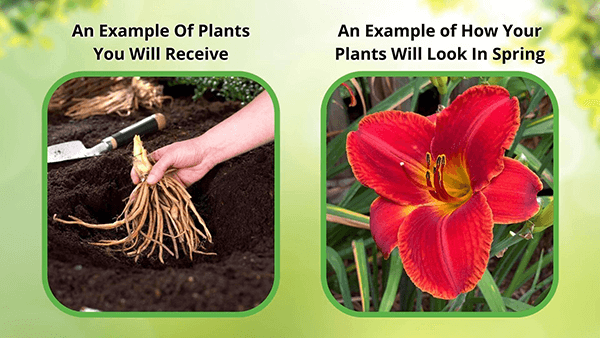Blue Lobelia
Blue Lobelia
| Order | Percentage Discount | ||
|---|---|---|---|
| 2-5 | 25% Off | ||
| 6-10 | 30% Off | ||
| 11-25 | 35% Off | ||
| 26-50 | 45% Off | ||
| 51+ | 65% Off | ||
Couldn't load pickup availability
5-7 Days
Over 12"
Full Sun
3-9
Flowering
Bare-root
Blue Lobelia - Lobelia Siphilitica
Blue Lobelia, also known as Lobelia siphilitica, is a species of flowering plant in the bellflower family (Campanulaceae). It is native to North America and can grow in moist meadows, streams, and other wet habitats.
Appearance and Use
It is a perennial plant that typically grows 2-3 feet tall and has tubular-shaped flowers that bloom from mid-summer to early fall. The flowers attract hummingbirds and butterflies, making them famous for gardens and landscaping.
Where To Plant Blue Lobelia
These are a popular annual flower that produce delicate flowers from summer to fall. Here are some tips on where to plant it: Light: It thrives in partial shade to full sun, although it prefers cooler temperatures and may benefit from some protection from the hot afternoon sun in warmer climates.
Requirements
It prefers moist, well-drained soil rich in organic matter. It is not particularly picky about soil pH and can grow in soils with a range of pH levels. It likes to be kept consistently moist but not soggy. Make sure to water it regularly, especially during hot and dry weather. It can be planted in garden beds, borders, containers, and hanging baskets. It is an excellent choice for edging pathways, filling mixed edges, or trailing plants in containers and hanging baskets.
- Companion plants: They look great when planted with other annuals, such as petunias, impatiens, and marigolds. It can also be paired with perennials such as hostas, ferns, and astilbes.
It is a versatile and beautiful plant. Plant it in a spot with good light, soil, and moisture, and it should thrive. It's a perennial plant mainly growing in eastern and central Canada and the United States. The most common time to see them is in late summer and early fall.
The months are usually August to October. In terms of life span, each plant usually only lives for a few years. It's most common in Illinois, besides some of the southern counties.
In the state, you'll usually find them in some of the following areas: black soil prairies, soggy meadows that are near rivers, low areas that are next to ponds and rivers, floodplains, bottomland woodlands, at the bottom of sandstone canyons next to streams, swamps, pastures, and ditches.
Growth
This plant is in the Bellflower family and can be from 1" to 4" tall. The stem is a lovely green, while the flowers are usually bluish-purple. The flowers can be 1" to 1 1/2" long and are angled upwards.
The best way to grow these plants is in wet, moist soil with partial sunlight. Full sunlight can be tolerated if the soil is always damp. You want to ensure you grow it in fertile, loamy soil.
This will give it the best chance of growing to its full potential. This plant can also handle some flooding but can become muddy and look ragged if it gets too much. One thing to remember is that the seeds need sunlight to germinate.
If it doesn't have sunlight, then it won't take off, and you won't be able to grow it. The nectar in the flowers usually attracts bumblebees and other bees with long tongues.
Some other creatures visit even though they aren't as common. The most common of these are the Ruby-Throated Hummingbird and giant butterflies.
This Is How Your Plants Will Look upon Delivery
Bloom/Foliage Color
Blue
Shipping date depends on the date displayed and chosen when you order from the product's page.
We only accept returns on plants verified dead. If you think your plants have died, we offer a 1 year warranty, please use use this File a Claim Link to verify dead plants and start with return warranty process.









